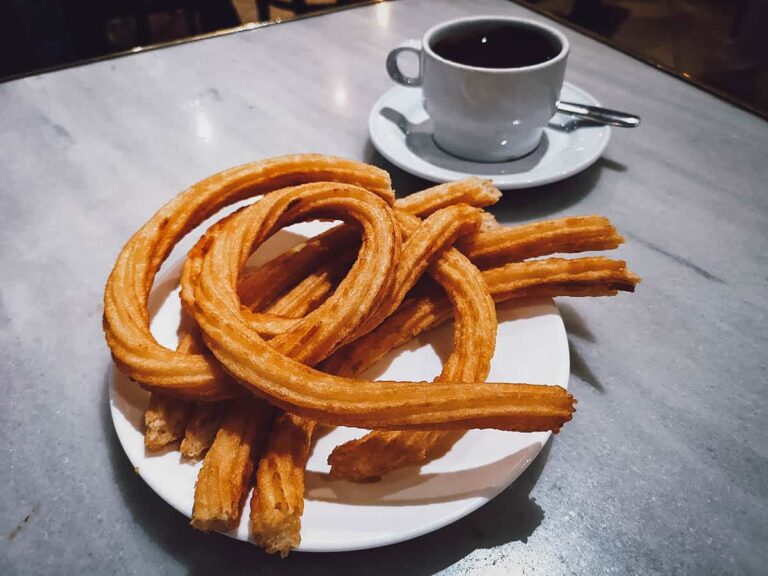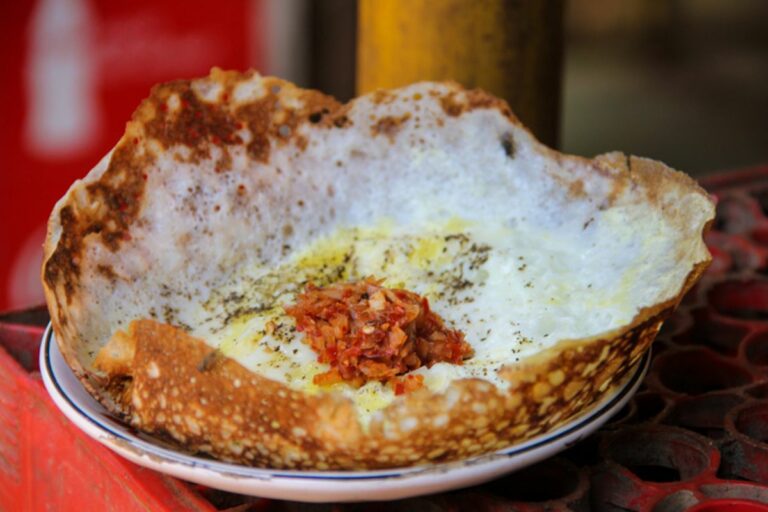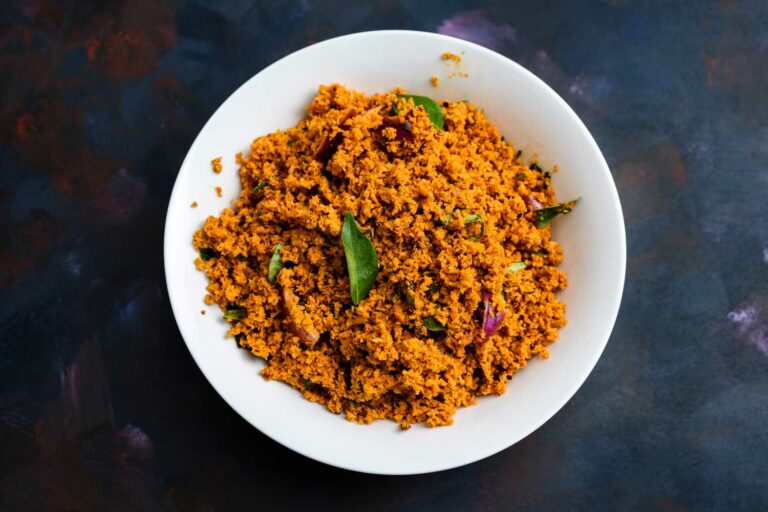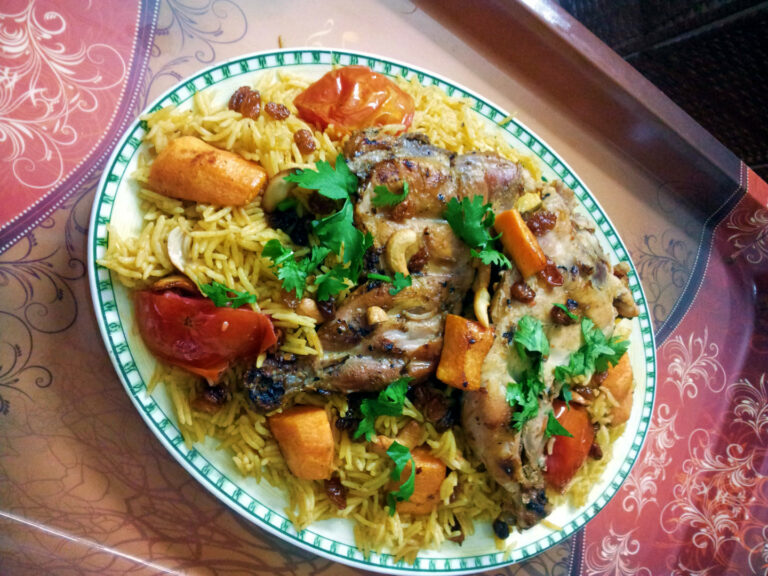Introduction: Spanish Desserts & Sweets
Spanish cuisine is renowned for its rich flavors and diverse range of dishes, and its desserts and sweets are no exception. From light and creamy custards to crumbly shortbread cookies, there are plenty of delicious treats to satisfy your sweet tooth. Many of these desserts have a long history and are deeply ingrained in Spanish culture, making them an essential part of any authentic Spanish dining experience.
1. Churros: Iconic Spanish Treat
When it comes to Spanish desserts, churros are perhaps the most iconic. These deep-fried doughnuts are made from a simple mixture of flour, water, and salt, and are typically served with a thick, hot chocolate dipping sauce. They are traditionally eaten for breakfast or as a snack, and are a popular street food in Spain and many other Spanish-speaking countries.
2. Flan: Traditional Spanish Custard
Flan is a classic Spanish dessert that has been enjoyed for centuries. It is a creamy custard made from a mixture of milk, eggs, and sugar, and is often flavored with vanilla or other spices. It is typically served cold and topped with caramel sauce, which gives it a sweet and slightly bitter flavor. Flan is a popular dessert for special occasions and is often served at family gatherings and celebrations.
3. Turrón: Christmas Almond Candy
Turrón is a traditional Spanish Christmas candy that is made from a mixture of almonds, honey, and sugar. It is typically shaped into a rectangular block and can be either hard and crunchy or soft and chewy, depending on the recipe. Turrón is a popular gift during the holiday season and is often enjoyed with a glass of sweet dessert wine.
4. Polvorones: Crumbly Shortbread Cookies
Polvorones are crumbly shortbread cookies that are a staple of Spanish cuisine. They are made from a mixture of flour, sugar, and butter, and are often flavored with cinnamon or other spices. They are typically served during the Christmas season and are a popular dessert to enjoy with a cup of coffee or tea.
5. Arroz con Leche: Spanish Rice Pudding
Arroz con leche is a classic Spanish dessert that is similar to rice pudding. It is made from a mixture of rice, milk, sugar, and cinnamon, and is typically served cold. Arroz con leche is a popular dessert in Spain and many other Spanish-speaking countries, and can be found in many different variations.
6. Crema Catalana: Spanish Crème Brûlée
Crema Catalana is a Spanish version of the classic French dessert, crème brûlée. It is made from a mixture of milk, sugar, egg yolks, and cornstarch, and is flavored with lemon zest and cinnamon. It is typically served cold and is often topped with a layer of caramelized sugar, which gives it a crunchy texture and a sweet, caramel flavor. Crema Catalana is a popular dessert in Catalonia, a region in northeastern Spain.










